SAG-AFTRA President Fran Drescher released a statement announcing a strike for video game actors on July 25. The strike brings forward the complaints and concerns many have voiced over generative artificial intelligence for some time.
SAG-AFTRA, the guild that represents screen actors as well as television and radio artists, has voted to authorize a video games strike. Releasing a full statement on its website, the guild noted that “A.I. protections remain the sticking point” in their agreements with major entertainment companies. SAG-AFTRA proposes that companies looking to hire guild members for their games must sign at least one of an array of agreements: The Tiered-Budget Independent Interactive Media Agreement, the Interim Interactive Media Agreement, or the Interim Interactive Localization agreement. These agreements that SAG-AFTRA has offered prioritize protections against the “abuse of A.I.”
Why are video game actors striking?
Video game actors are rarely, if ever, compensated on the same level that actors in TV and movies do despite gaming routinely outpacing this media in generated revenue. One way that gaming giants have sought to cut costs and maximize profits has been through the use of generative AI. Companies see a large opportunity to save the money they would use to pay actors through the use of generative AI voice and face banks.
Many actors have voiced how damaging this could be to them and the industry as a whole, but it hasn’t stopped companies from using these tools anyway. Leading examples are companies like Square Enix, which used Midjourney in art for Foamstars, and Ubisoft, which is using an AI tool called Ghostwriter for NPC dialogue. Additionally, THE FINALS caught plenty of heat for using AI-generated voice actors in the majority of its dialogue.
SAG-AFTRA negotiator Duncan Crabtree-Ireland noted that gaming generates billions of dollars yearly and that there are many guild actors who join these projects and deserve fair compensation. He registered shock that the gaming industry hasn’t seemed to move in accordance with the rest of the entertainment industry following the 2023 WGA and SAG-AFTRA strikes that lasted 148 days and 118 days, respectively.
When does the strike start?
This strike will begin on July 26 at 12:01am local time. It is unclear how long it will last, but as evidenced by 2023’s strikes, which have been some of the guild’s longest since the ’80s, there are many people willing to fight to ensure fair compensation. SAG-AFTRA emphasized that this strike came as a last resort. Companies such as Take 2 Productions, Insomniac, Activision, EA, and WB Games have been named as companies bargained with in the failure to reach a deal, and this strike is a means toward forcing these companies’ hand.
What games will be affected by the strike?
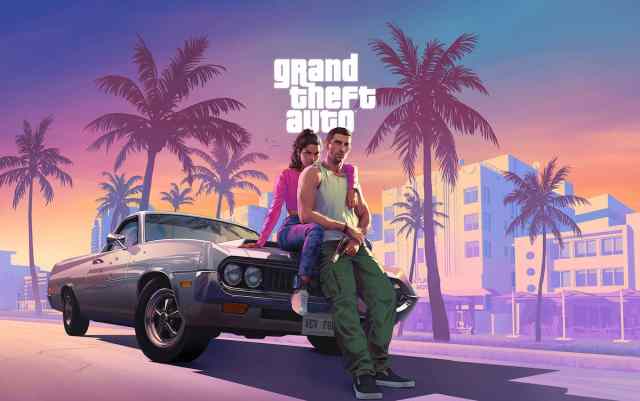
It’s unclear what games will be affected by the strike, but titles that are shooting for a release beyond 4-6 months from now may face slowdowns, as those games are more likely to still need voice and acting work done, while games releasing before then are more likely to have completed that work. This could affect companies like Take-Two Interactive and Grand Theft Auto 6.
A likelier bet is that some of the newest Kojima Productions titles will be slowed down by this strike. OD involves the likes of Hunter Schafer, an active guild member. Death Stranding 2: On The Beach involves Norman Reedus, Guillermo Del Toro, and Elle Fanning, who are all guild members as well.
Many of the potential delays depend entirely on how long this strike plays out. SAG-AFTRA likely doesn’t want this labor stoppage to last as long as others, but the guild has shown that it is ready to act.


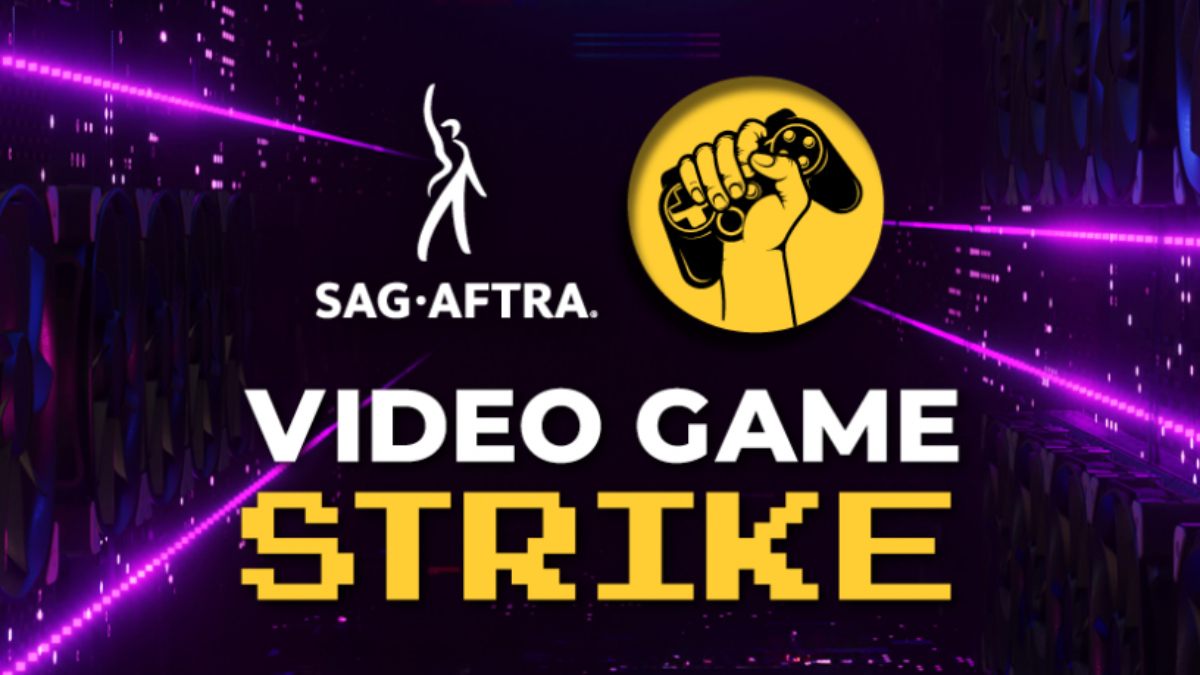
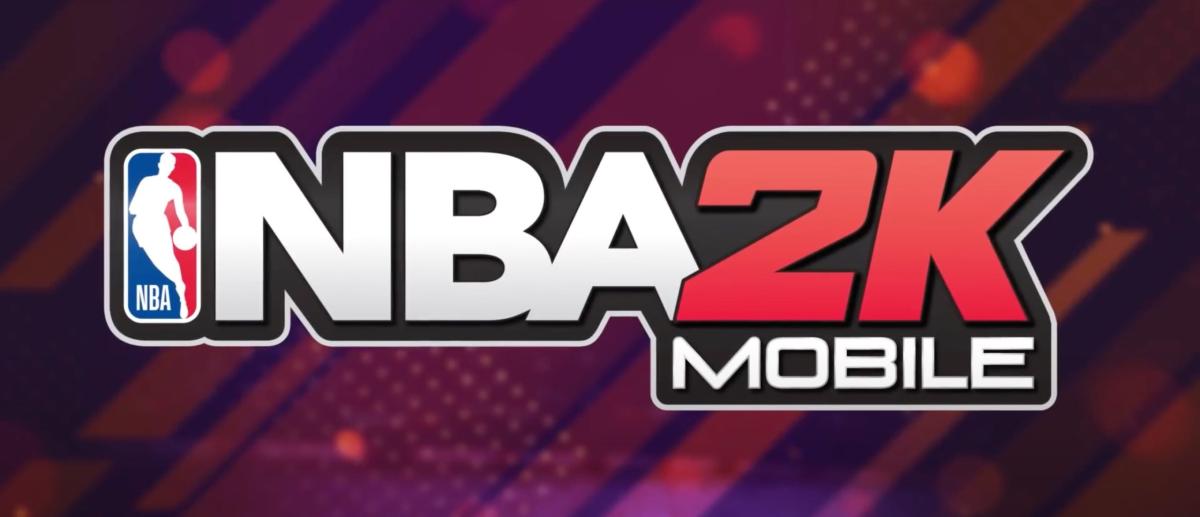
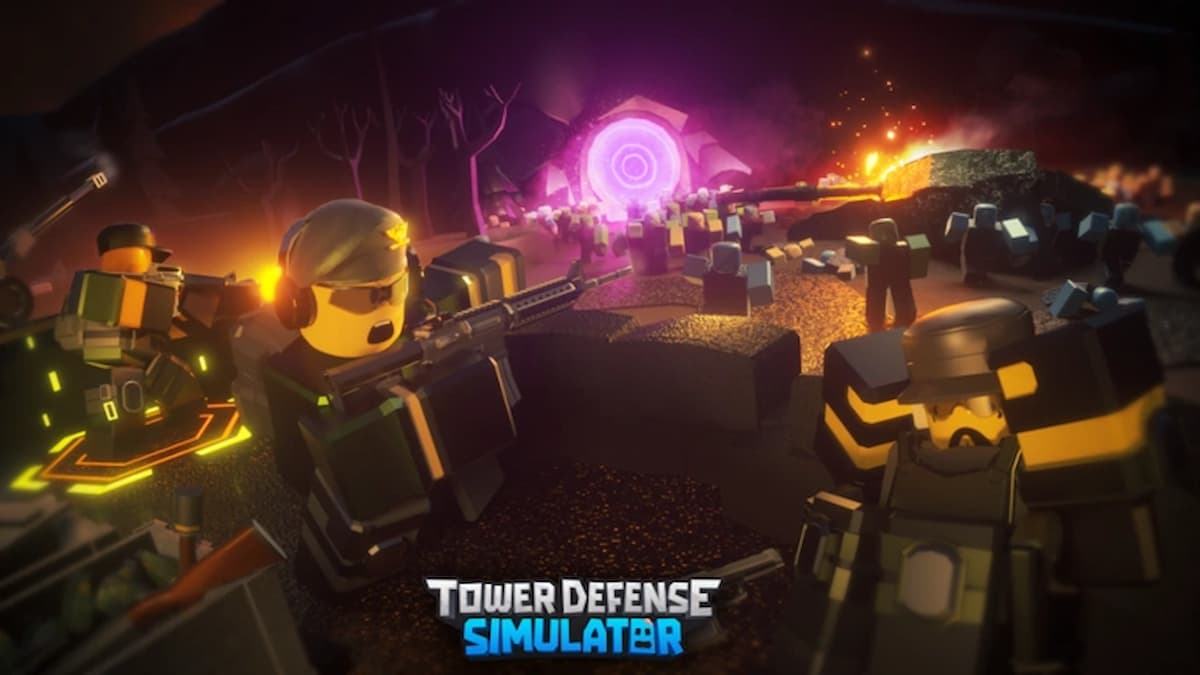

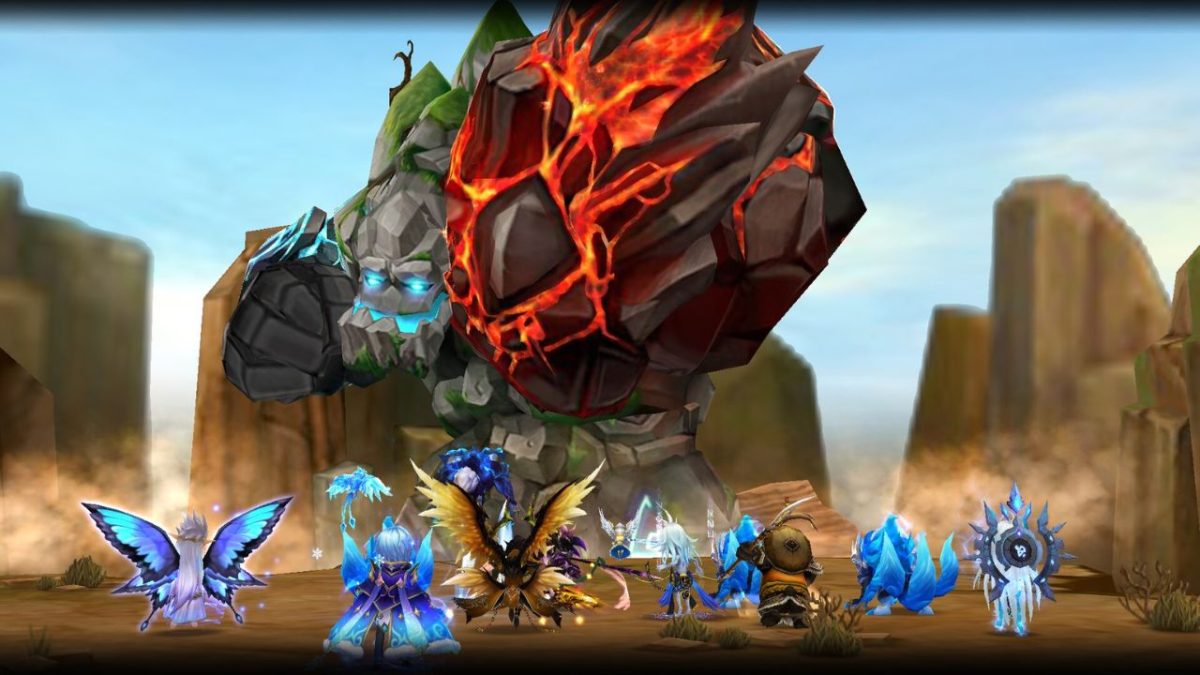

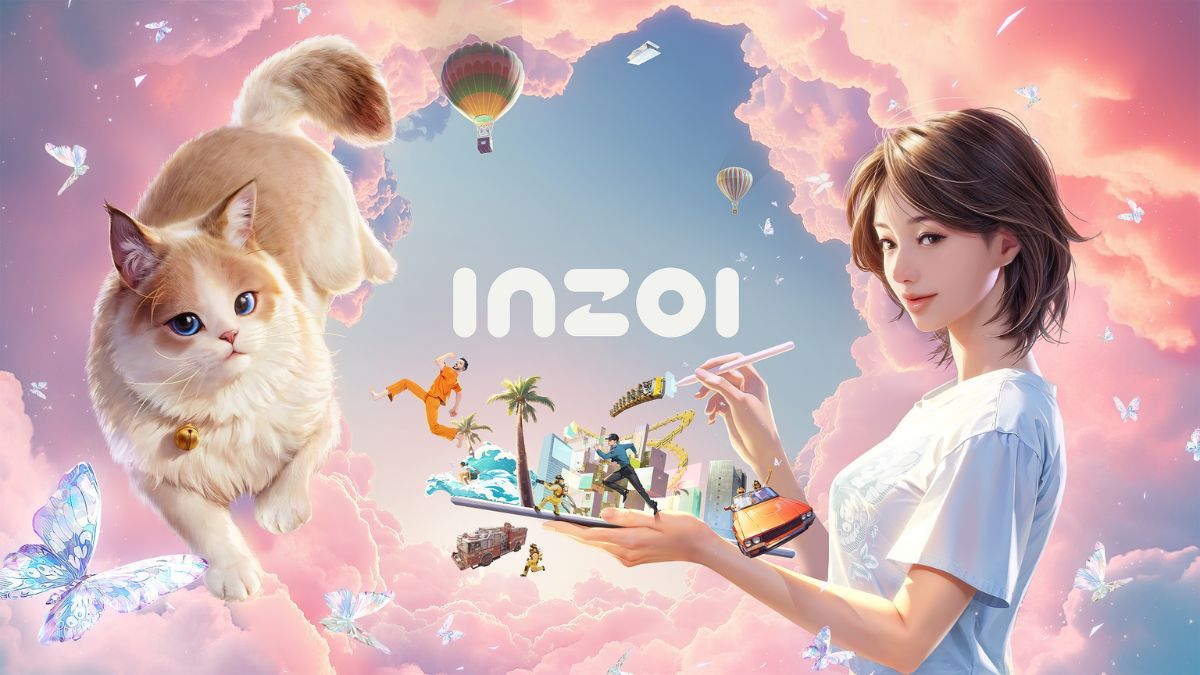
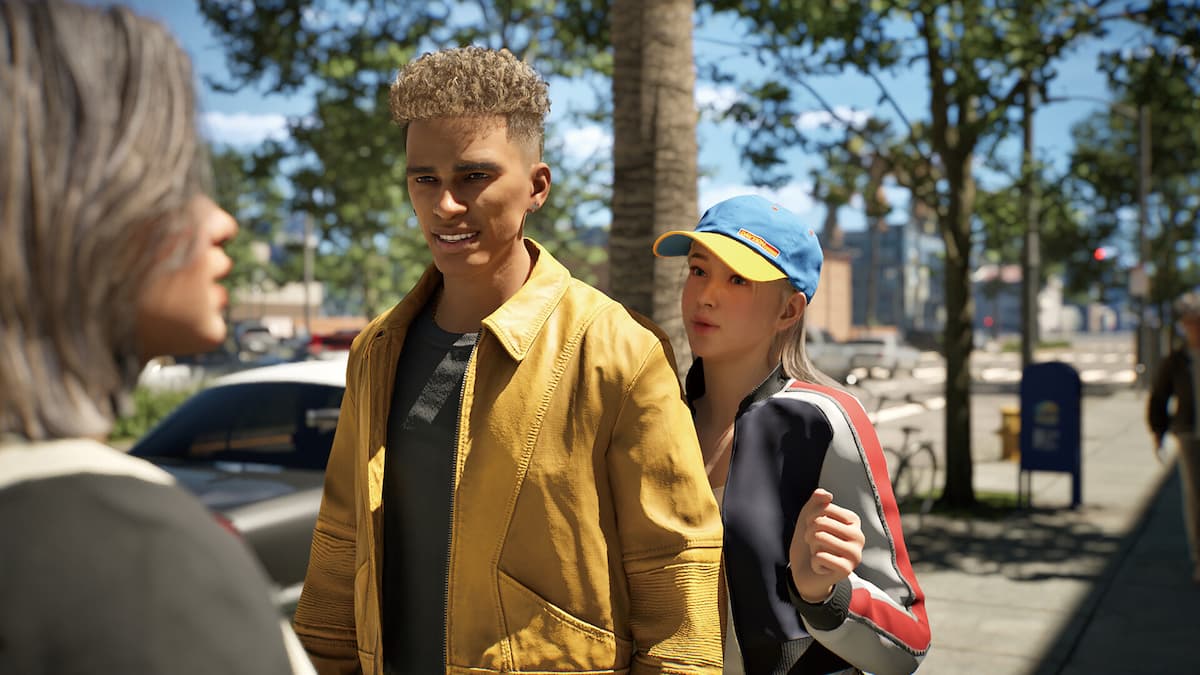
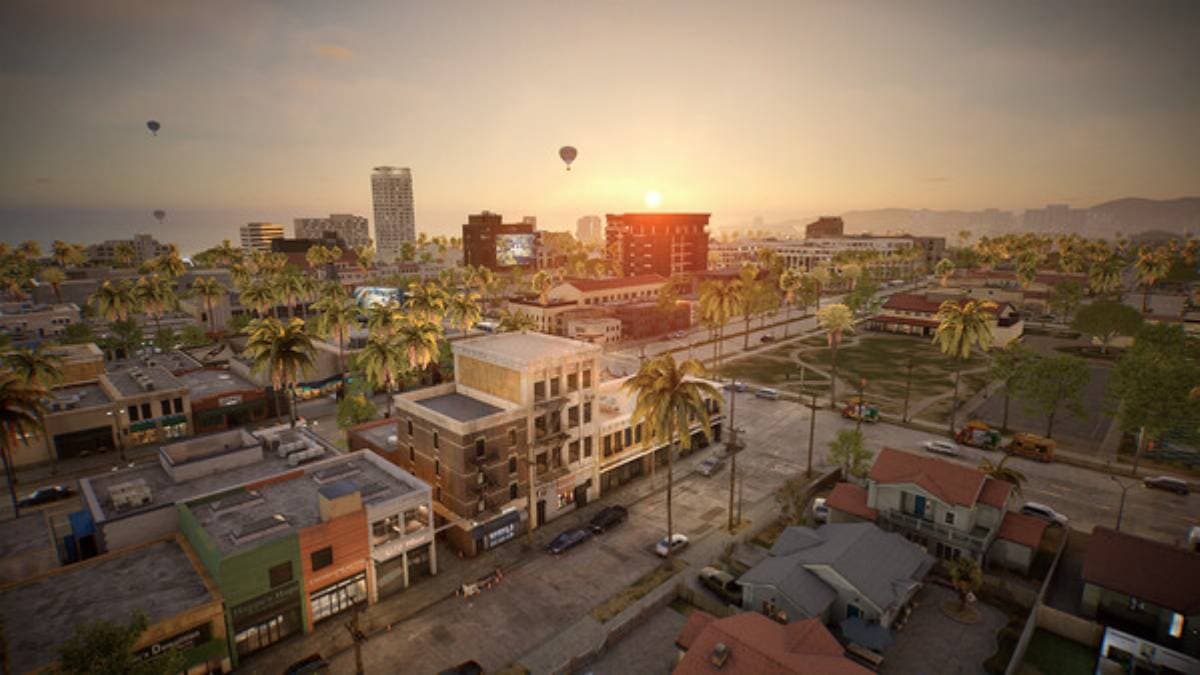

Published: Jul 25, 2024 05:17 pm